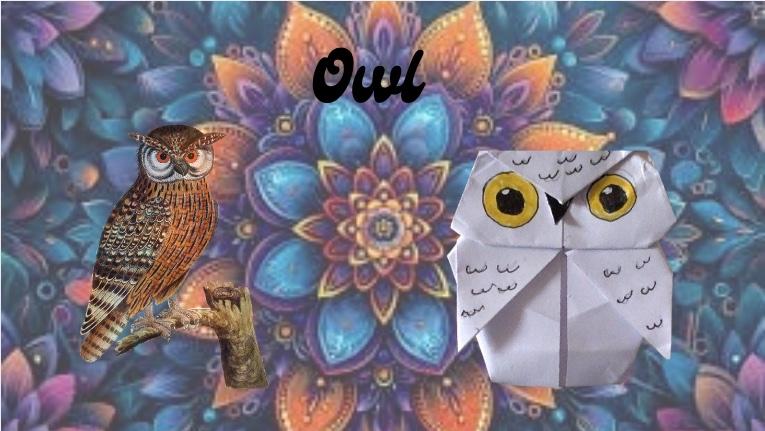Owls are endangered due to a combination of factors, with habitat loss and degradation being the primary driver. Other significant threats include human disturbance, hunting, climate change, and invasive species that compete for resources or prey on owls or their young. The combination of these issues makes it difficult for many owl species to survive and reproduce successfully.
Habitat loss and degradation
Deforestation: Many owls depend on forests for nesting and hunting, and logging, fires, and development reduce these crucial habitats.
Fragmentation: Development fragments their habitats, breaking up large, continuous areas and making it harder for owls to find food and mates.
Land use: Even in protected areas, the land outside of the reserve is often used for non-forest activities, and this lack of protection can threaten local populations.
Human-related threats
Hunting and persecution: Some owls are hunted directly, while others are persecuted due to myths or fears that they are bad omens.
Human disturbance: Increased human activity, including development and tourism, can disrupt nesting and foraging behavior.
Environmental and other threats
Climate change: Changes in climate can disrupt ecosystems. For example, shifting seasons can cause a mismatch in the timing of food availability, leading to starvation for owlets, and more severe storms can destroy nesting sites.
Invasive species: Invasive species can negatively impact owl populations by competing for food sources or by preying on owl eggs and young.
Disease: Introduced diseases, such as avian malaria, can cause significant population declines.
10 ways to encourage Barn Owls
Manage land for Barn Owls.
Provide a roosting and nesting place.
Avoid using Rat Poison (rodenticides)
Offer extra food in bad weather.
Buy from wildlife-friendly farmers.
Help your local Barn Owl Group.
Start your own Barn Owl Project.
Object to damaging rural devel
opments.

